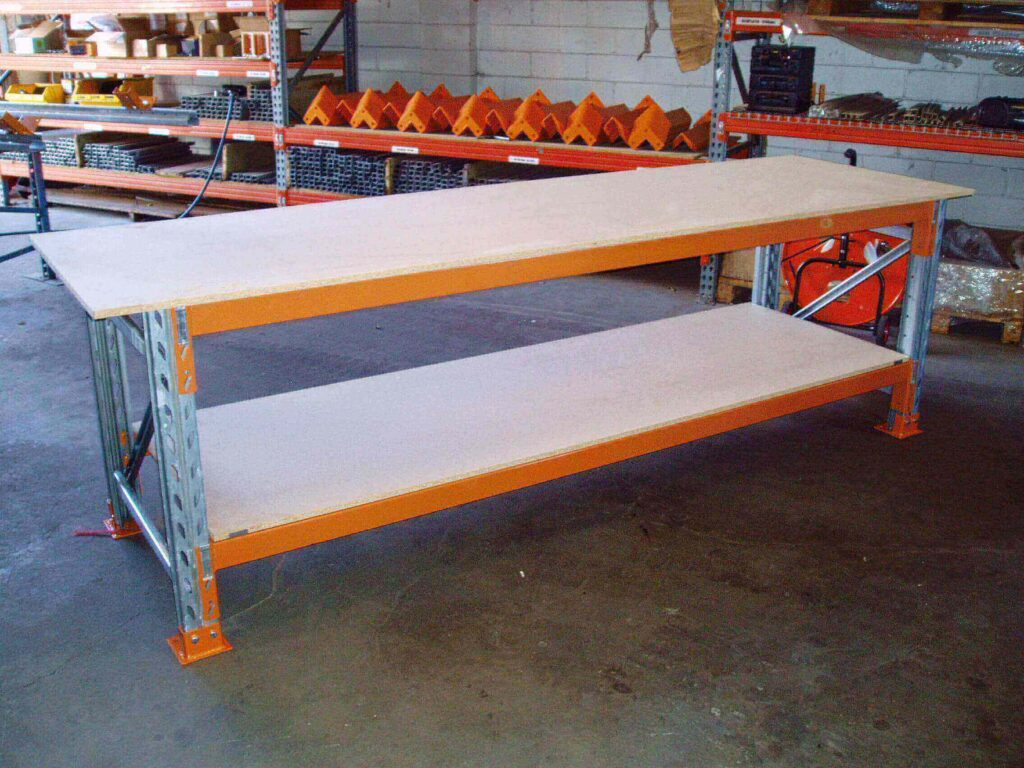Setting up a workshop isn’t just about buying tools – it’s about creating a space where you can actually get things done efficiently. The workbench is basically the foundation of any good workshop, and choosing the wrong one can make every project harder than it needs to be. Finding the ideal workbench in Melbourne means understanding your specific needs, the space you’re working with, and what types of projects you’ll be tackling most often. Melbourne’s diverse maker community has led to a huge variety of workbench options available locally, from traditional woodworking benches to modern modular systems designed for electronics and precision work.
Understanding Different Workbench Types and Their Best Uses
Not all workbenches are created equal, and what works great for one type of work might be completely wrong for another. Traditional woodworking benches are built heavy and solid, usually from hardwood like beech or maple, with features like bench dogs and front vices designed specifically for holding wood pieces securely while you work on them.
If you’re doing metalwork or mechanical repairs, you need something that can handle different stresses. Metal-topped benches with steel frames can take the abuse of hammering, grinding, and heavy component assembly without getting damaged. These usually come with features like integrated power strips and tool storage that make sense for this type of work.
For electronics work or detailed assembly, you’re looking at a completely different set of requirements. Height becomes super important because you’re doing close-up work that requires good lighting and comfortable positioning. Many electronics workbenches include features like anti-static mats, adjustable lighting, and organized storage for small components.
Size and Space Considerations That Actually Matter
Here’s something most people get wrong – they either go too big or too small based on their current space rather than thinking about how they actually work. A workbench that’s too small forces you to work in cramped conditions and constantly move things around. But a bench that’s too big for your space makes it hard to move around and access storage.
The standard height for most workbenches is around 34-36 inches, but this assumes you’re of average height. If you’re taller or shorter, working at the wrong height will give you back problems pretty quickly. A good rule is that when you’re standing with your arms at your sides, your elbows should be roughly level with the work surface.
Depth matters more than you might think. A bench that’s too shallow (less than 24 inches) doesn’t give you enough space to work comfortably, especially if you need room for tools and materials while you’re working. But going deeper than 30 inches can make it hard to reach across the bench, which gets annoying fast.
Material Quality and Construction Features
The top material makes a huge difference in how the bench performs over time. Solid wood tops are traditional and work great for hand tool work, but they require maintenance and can get damaged by chemicals or excessive moisture. Laminated wood tops are more stable and resistant to warping, making them a good compromise.
For durability, you can’t beat a steel top, especially if it’s powder-coated for rust resistance. These handle abuse well and clean up easily, but they’re not great if you’re doing work that requires a softer surface or if noise is a concern.
The frame construction determines how stable the bench will be under heavy use. Welded steel frames are incredibly sturdy but heavy and expensive. Bolt-together steel frames are more affordable and still quite stable if assembled properly. Wood frames can work well for lighter duty applications and are easier to modify if you want to customize the bench later.
Storage Integration and Workflow Optimization
A workbench without proper storage integration forces you to constantly walk around looking for tools, which kills productivity. The best benches include thoughtful storage solutions that keep frequently used tools within arm’s reach while keeping the work surface clear.
Drawers are great for small tools and hardware, but they need to be well-built with quality slides that won’t bind up over time. Cheap drawer slides are one of the first things to fail on budget workbenches, and fixing them is usually more expensive than buying a better bench initially.
Open storage below the work surface works well for larger tools and equipment you use regularly. Some benches include adjustable shelving that lets you customize the storage as your needs change. Tool boards or pegboard backing can be incredibly useful for keeping hand tools visible and organized.
Local Melbourne Suppliers and What They Offer
Melbourne has some excellent local suppliers who understand what workshop owners in this climate and urban environment actually need. Many offer delivery services within the metro area, which is important when you’re dealing with heavy workbenches that would be difficult to transport yourself.
Some local suppliers specialize in custom builds, which can be worth considering if you have specific requirements that off-the-shelf options don’t meet. Custom doesn’t necessarily mean expensive – many local fabricators can build a solid steel-frame bench with the exact dimensions and features you need for less than importing a premium brand.
The advantage of buying locally is ongoing support and the ability to see the product before purchasing. Many Melbourne suppliers have showrooms where you can actually test different bench heights and configurations to find what works best for your body size and working style.
Read More: Using Acetylene for Welding: Best Practices and Applications



